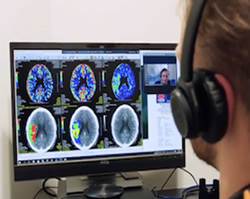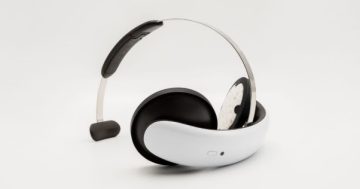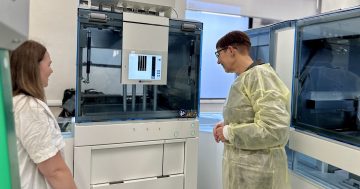 The Department of Health has announced that more than 300 Western Australian stroke patients have been provided with real-time specialist care through Telestroke since the service began 12 months ago.
The Department of Health has announced that more than 300 Western Australian stroke patients have been provided with real-time specialist care through Telestroke since the service began 12 months ago.
Director of State Stroke at the Department, Andrew Wesseldine said Phase One of the service began in late 2021, giving clinicians in rural, remote and metropolitan areas access to expert assistance in the diagnosis and appropriate treatment pathways for stroke and transient ischemic attack (TIA) patients.
“There has been a significant uptake of the service in the South-West and Great Southern regions, with 52 per cent of total referrals from these areas,” Dr Wesseldine said.
“Telestroke is an important system-enabler, given our geographical challenges in WA, to improve the outcomes for rural and regional stroke patients, with the goal being to give them the best chance of surviving a stroke and reducing disability.”
He said the Telestroke service had an additional goal of supporting regional and remote doctors and nurses in the clinical care and appropriate management of their stroke and TIA patients.
“With Phase Two of the expansion project now under way, the focus will be on plans to support transition to 24/7 assessment with technology options to support service delivery,” Dr Wesseldine said.
“Stroke is a time-critical medical emergency and patient outcomes are improved by timely access to specialist clinical diagnosis and management.”
He said the Telestroke service gave clinicians across the State access to centralised consultant advice, neurological imaging advice, expedited treatment pathways and timely clinical documentation.











